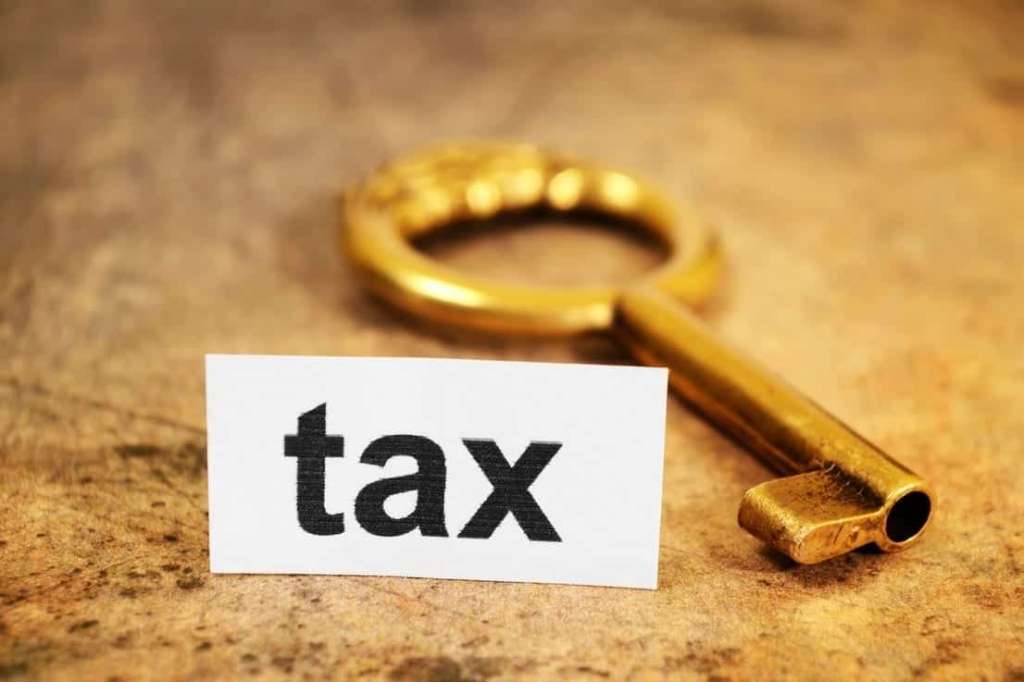Everyone dreams of owning their own house and lot. When you achieve such goal and receive your Transfer Certificate of Title, all the years of hard work have indeed paid off. However, being a landowner has its consequences. You now have to pay real property tax or “amelyar”. If you fail to do so, your land runs the risk of being auctioned off by the local government. So, to avoid such ill-fated situation, it is best to stock up on knowledge about real property tax.
What is Real Property Tax?
Real Property Tax is the tax due on real properties in the Philippines. This is assessed by the local government unit such as a province, city or municipality. Republic Act No. 7160 or the Local Government Code of the Philippines, specifically Sections 197 to 283, governs the power of local government units to impose Real Property Tax. Section 232 of the Local Government Code enunciates that a province or city or a municipality within the Metropolitan Manila Area may levy an annual ad valorem tax on real property such as land, building, machinery, and other improvement not hereinafter specifically exempted.
What is Real Property?
The Local Government Code did not specifically define the meaning of real property for purposes of taxation. In the absence of such definition, Article 415 of the Civil Code applies. Hence, the following are considered as real property:
(1) Land, buildings, roads and constructions of all kinds adhered to the soil;
(2) Trees, plants, and growing fruits, while they are attached to the land or form an integral part of an immovable;
(3) Everything attached to an immovable in a fixed manner, in such a way that it cannot be separated therefrom without breaking the material or deterioration of the object;
(4) Statues, reliefs, paintings or other objects for use or ornamentation, placed in buildings or on lands by the owner of the immovable in such a manner that it reveals the intention to attach them permanently to the tenements;
(5) Machinery, receptacles, instruments or implements intended by the owner of the tenement for an industry or works which may be carried on in a building or on a piece of land, and which tend directly to meet the needs of the said industry or works;
(6) Animal houses, pigeon-houses, beehives, fish ponds or breeding places of similar nature, in case their owner has placed them or preserves them with the intention to have them permanently attached to the land, and forming a permanent part of it; the animals in these places are included;
(7) Fertilizer actually used on a piece of land;
(8) Mines, quarries, and slag dumps, while the matter thereof forms part of the bed, and waters either running or stagnant;
(9) Docks and structures which, though floating, are intended by their nature and object to remain at a fixed place on a river, lake, or coast;
(10) Contracts for public works, and servitudes and other real rights over immovable property.
In Benguet Corporation vs. Central Board of Assessment Appeals, 218 SCRA 271, the Supreme Court ruled that for purposes of taxation, the term “real property” may include things which should generally be regarded as personal property. It is a familiar phenomenon to see things classed as real property for purposes of taxation which on general principles might be considered personal property.
In this regard, certain improvements can be classified as real property subject to real property tax. The Local Government Code has defined an improvement as a valuable addition made to a property or an amelioration in its condition, amounting to more than a mere repair or replacement of parts involving capital expenditures and labor, which is intended to enhance its value, beauty or utility or to adapt it for new or further purposes. Thus, for purposes of real property taxation, even if machinery, receptacles or instruments intended for an industry or work are placed by a third party, aside from the owner, it is still real property provided that they are essential and principal elements of the business being conducted in the building.
When should Real Property Tax be paid?
The real property tax for any year shall accrue on the first day of January and from that date it shall constitute a lien on the property. It may be paid in full, in which case, some local government units give discounts, or quarterly. It is paid to the city or municipal treasurer’s office.
What is the rate of Real Property Tax?
Cities and municipalities assess a real property tax rate not exceeding 2 percent (2%) while provinces should not assess more than one percent (1%) of the assessed value of the real property. The assessed value is based on the fair market value of the property multiplied by the assessment level. This assessment level varies as the determination thereof is left to the local government unit.
What happens if Real Property Tax is not paid?
If the real property tax is not paid, the local government unit concerned may avail of the remedies by administrative action thru levy on real property or by judicial action. Hence, if you have been delinquent, the city or municipality may auction off your property. However, all is not lost. Within one (1) year from the date of sale, the owner of the delinquent real property or person having legal interest therein, or his representative, shall have the right to redeem the property upon payment to the local treasurer of the amount of the delinquent tax, including the interest due thereon, and the expenses of sale from the date of delinquency to the date of sale, plus interest of not more than two percent (2%) per month on the purchase price from the date of sale to the date of redemption. The one year period shall start to run from the date of the registration of the Certificate of Sale issued in favor of the purchaser.
Nicolas & De Vega Law Offices is a full-service law firm in the Philippines. You may visit us at the 16th Flr., Suite 1607 AIC Burgundy Empire Tower, ADB Ave., Ortigas Center, 1605 Pasig City, Metro Manila, Philippines. You may also call us at +632 4706126, +632 4706130, +632 4016392 or e-mail us at [email protected] .









